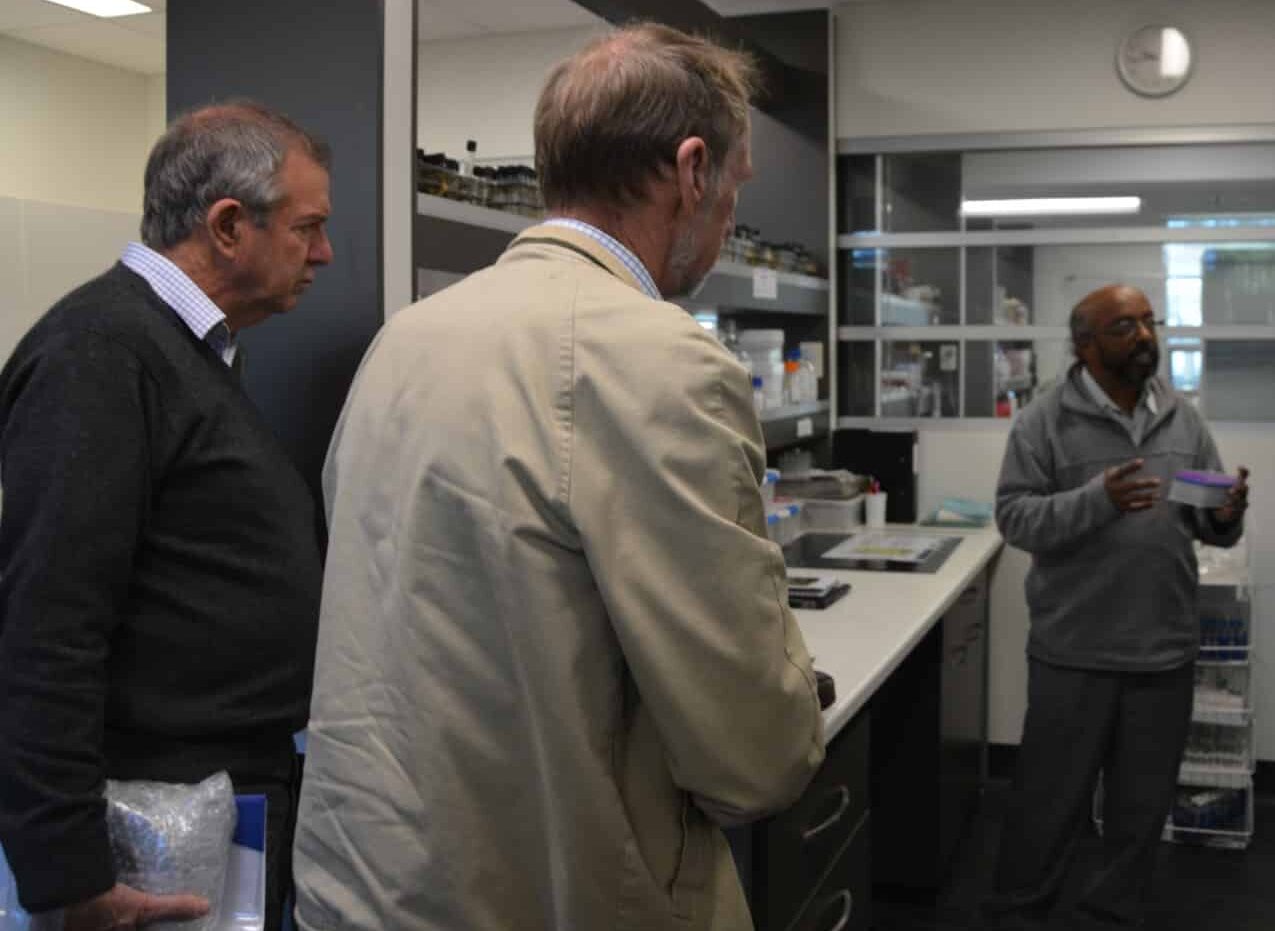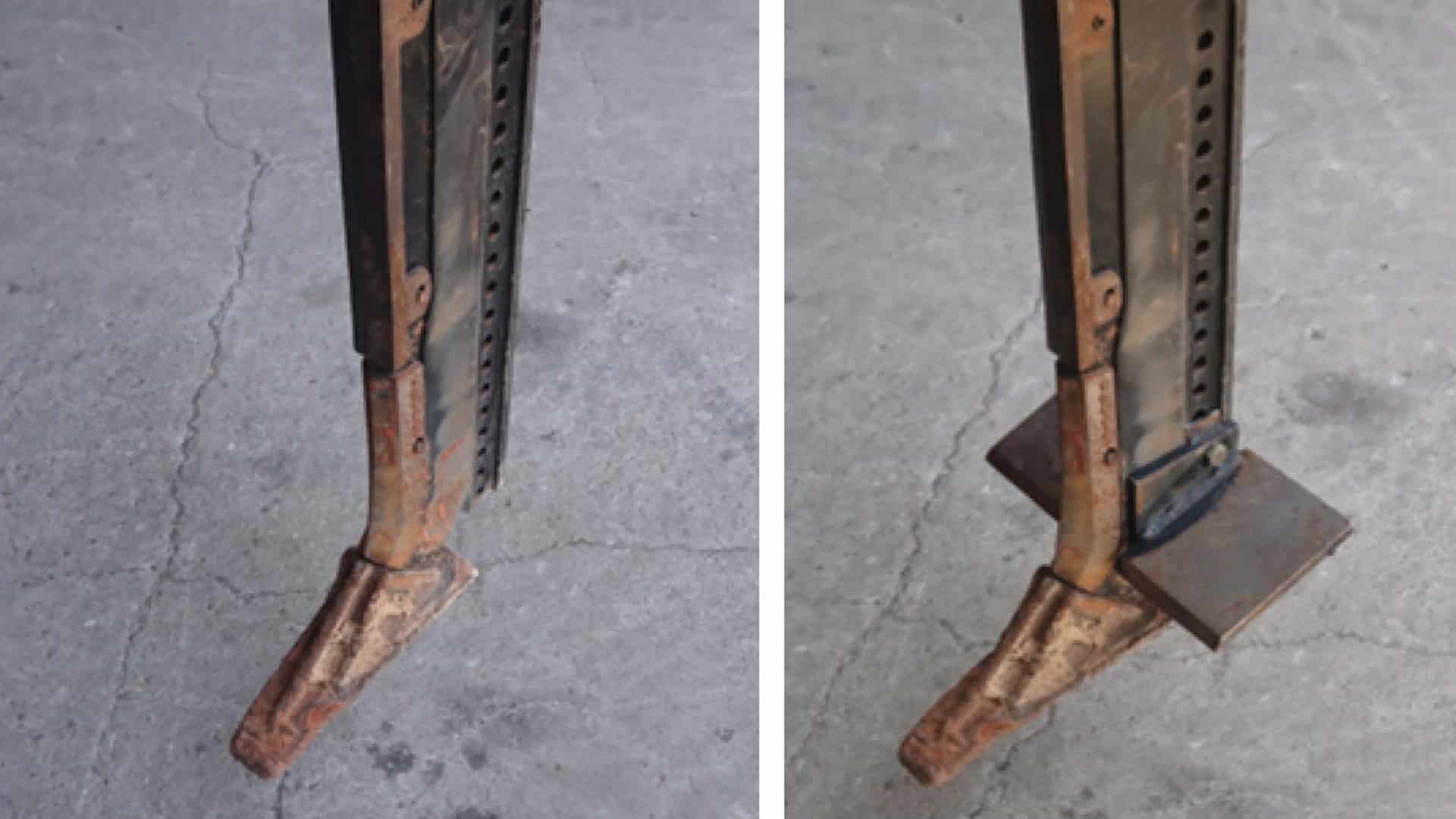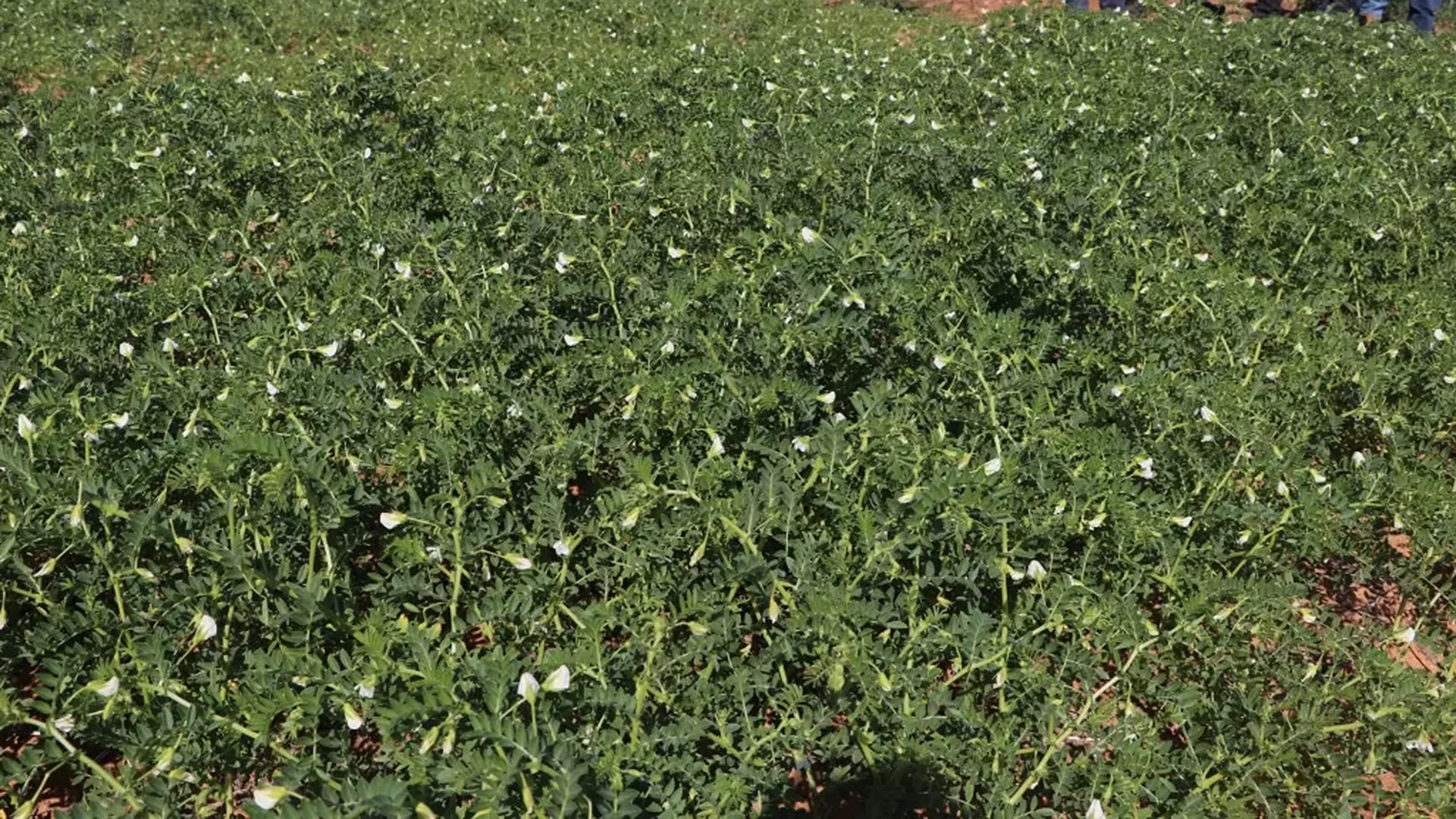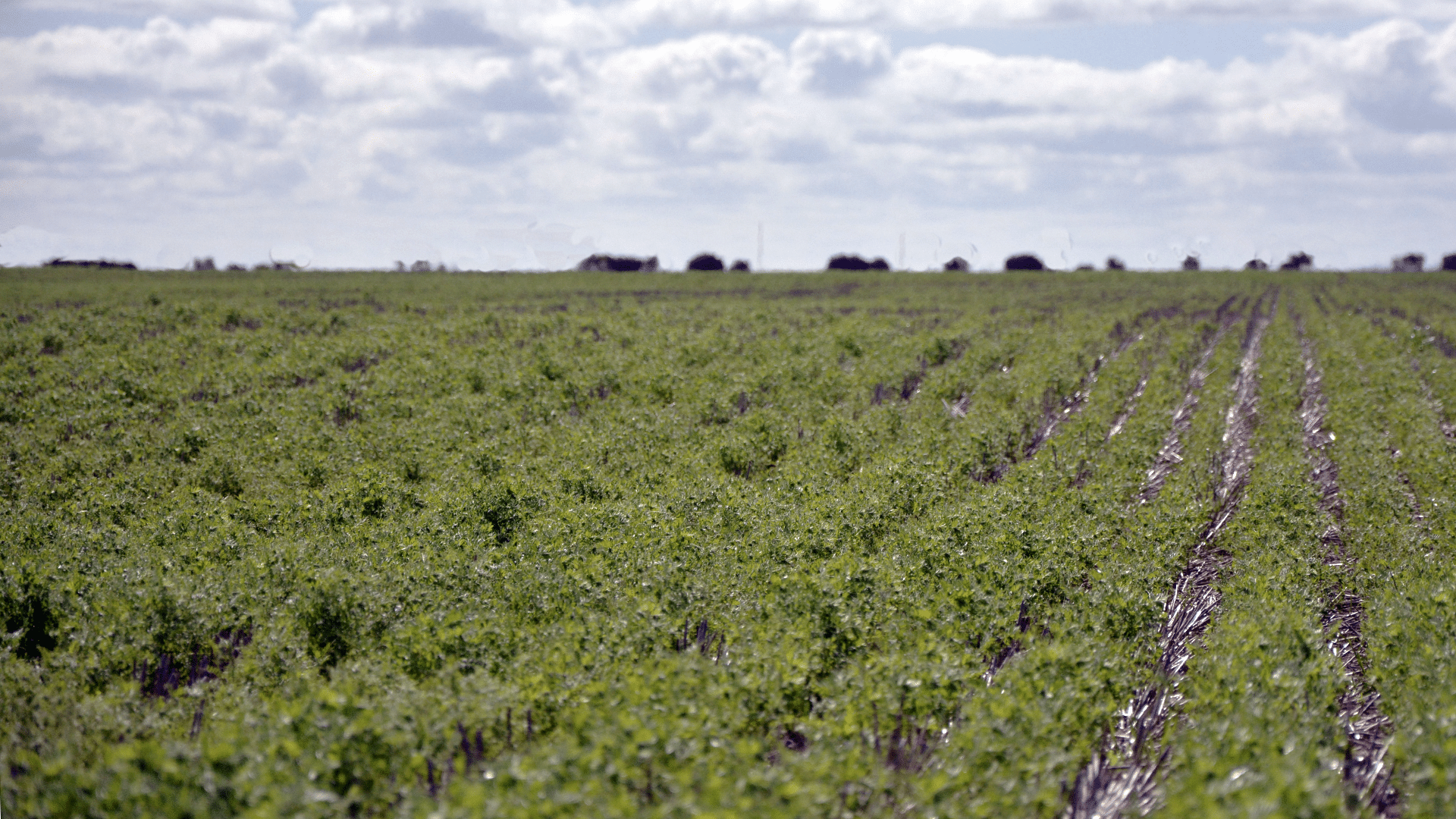START
FINISH
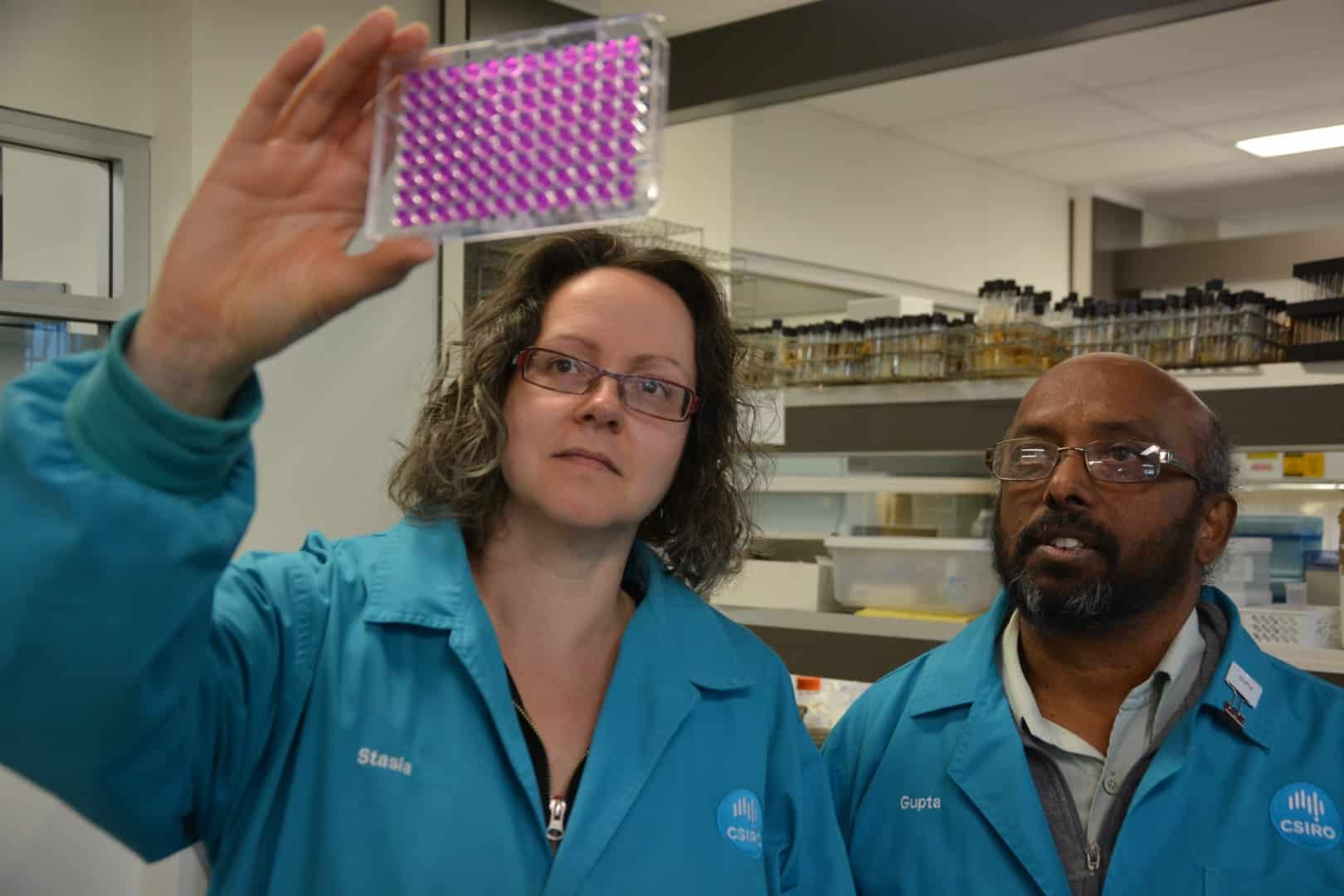
Summary
In order to investigate links between N uptake and the microbial gene regulators of N cycling, this project undertook a range of field and controlled-environment experiments. These were designed to quantify microbial biomass, activity and populations of different N-cycling microbes, along with their responses to N applications.
Total microbial activity and catabolic diversity in rhizosphere soils was found to vary between wheat varieties. However, the degree of variation was also found to be soil dependent. There was a significant relationship between increases in wheat yields from older to newer varieties and variations in microbial groups involved in N cycling and availability.
These findings raise the potential for selecting for this trait in the development of elite, high-yielding wheat cultivars.
Background
Nitrogen inputs account for a large part of production costs for Australian wheat crops and involve the risk of unrealised profit in dry seasons.
Microorganisms associated with rhizosphere and roots regulate the cycling of nutrients in soil and microbial processes mediate the availability of key macro (nitrogen, phosphorus and sulphur) and micronutrients to plants. Traits that favour the development of this microbiome are an integral part of a plant’s genome and means genotype has an influence on each cultivar’s N uptake efficiency.
Better understanding the genetic traits that favour nutrient availability and uptake could lead to the development of wheat germplasm more readily associated with specific beneficial microbiomes, helping to optimise N use and yield potential.
Research Aims
The core objectives of the project were to:
- Screen varieties for rhizosphere traits including microbial activity, N mineralisation and nitrogen uptake in field experiments in SA.
- Quantify differences in the abundance of key N-cycling microbes and relate them to N availability and N uptake by selected wheat cultivars.
In The Field
Three field experiments (Roseworthy 2018 and 2019 and Riverton 2019) were conducted to evaluate the soil microbiome of 15 wheat varieties under typical agronomic operations for the location. Two further controlled-environment experiments were conducted using a red-brown earth soil from the Roseworthy trial site and a Mallee sandy soil from Loxton.
Samples of soil surrounding the plant roots were collected at 10 to 12 weeks after sowing and analysed for microbial biomass and microbial catabolic diversity, along with total abundances of bacteria, fungi and microbial groups involved in different N cycling processes.
Total plant biomass, grain yield and N uptake were measured at harvest for the field experiments, or 12 weeks after sowing for the controlled-environment experiments.
At the time of sowing field soil mineral N levels in the 1 metre profile were 95 to 106 kilograms per hectare at Roseworthy and 50kg/ha at Riverton. The controlled environment soils were treated with urea at 50kg/ha.
A total of 14 wheat varieties were grown, including older varieties like Heron, Gamenya, Halberd and newer cultivars including Scepter, Mace and Gladius.
Results
Newer cultivars showed a 0.6 to 0.7 tonnes per hectare better grain yield than older varieties, with a corresponding advantage in harvest index and thousand grain weight, although differences in plant biomass did not follow the same trend. The higher crop yields of more recent varieties was also reflected in total N uptake.
Previous research in SA has shown an increase in N uptake per unit root length in newer wheat cultivars. It was therefore hypothesised that rhizosphere microbial properties may indeed have a role in the differences in N uptake.
Microbial biomass in the rhizosphere soil was found to depend on the amount of carbon released through root exudation and root turnover, suggesting the influence of soil type on microbial biomass may be a dominant factor in determining N availability to wheat crops.
Analysis of rhizosphere soils for different wheat varieties revealed significant variations in the abundance of various microbial groups involved in N cycling processes including microbes that convert fertiliser N into plant available forms. Similar variations in the abundances of N-cycling functional genes were confirmed through observations of the pot experiments that received fertiliser N applications.
While soil type and N-fertiliser applications influenced the abundance of microbial groups in rhizosphere soil, neither factor masked the variations between the wheat varieties, and there was a significant relationship between a variety’s microbial properties and grain yield.
Project Participants
CSIRO: Gupta Vadakattu, Stasia Kroker, Marcus Hicks.
SARDI: Victor Sadras, Mariano Cossani.
The Problem
While plant breeding is improving wheat yields, the links between genetics and a plant’s N-cycling soil microbiome are not well understood.
The research
The project studied microbial biomass and N cycling microbial groups in the rhizosphere soil of different wheat cultivars in order to better understand the relationship between genetics, soil microbiology, N-use and yields.
More information
Gupta Vadakattu, CSIRO
T: 0427 790 538
E: [email protected]
Value for Growers
This project demonstrated the potential for using DNA analysis to quantify changes in key microbial groups involved in N cycling and availability in cereal crop field experiments and ultimately routine diagnostic tests for farmer field soils. The methodology could be applied to DNA-based research into other microbial groups, leading to the development of cultivars with potential for improved N-use and yields under South Australian growing conditions.

